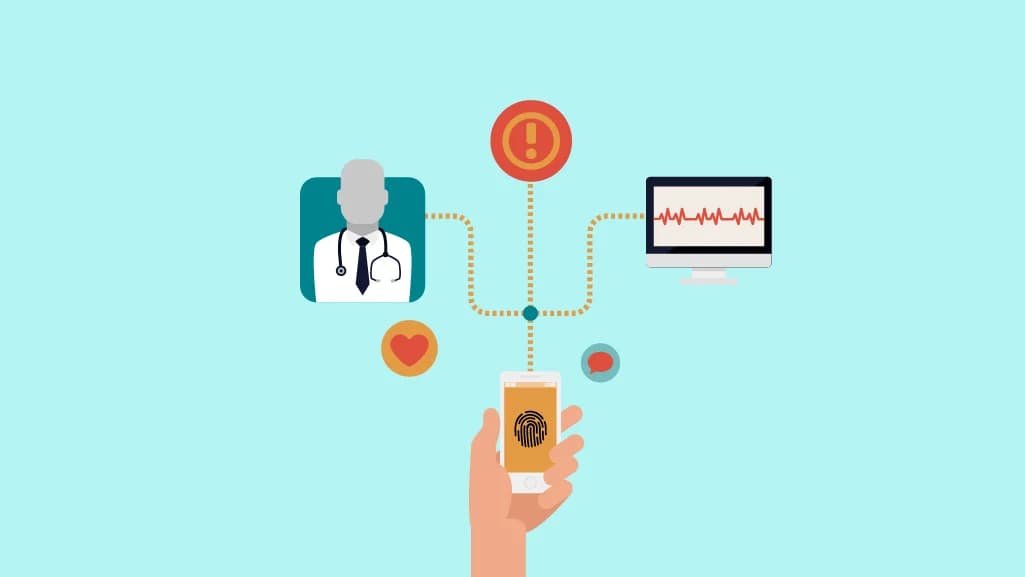
Team AdvantageClub.ai
July 22, 2025

In this article, we’ll unpack nine core elements that shape today’s quality of employee lifecycle. Along the way, we’ll show how modern tools like pulse surveys, mood check-ins, recognition programs, and holistic wellness features are changing the game. Companies like AdvantageClub.ai are leading this shift and helping workplaces feel more human again.
Defining Quality of Work Life
1. Transparent Recognition and Feedback: Celebrating Quality Work
Recognition is most powerful when it’s timely, authentic, and visible.
Real-time recognition features allow peers and managers to celebrate achievements as they happen.
Customizable badges and a strategic rewards and recognition platform ensure that recognition is meaningful and aligned with company values.
2. Hyper-Personalized Workflows: Making Every Day Count
3. Proactive Well-Being Monitoring: Prevention Over Cure
4. Real-Time Sentiment Analysis: Listening Beyond Words
5. Intelligent Work-Life Balance Nudges: Protecting Well-Being
Balancing work and personal life is a top concern for employees everywhere. The best employee engagement platforms offer:
- Automated reminders to take breaks, use vacation days, or log off after hours.
- Insights into workload trends, helping managers spot and address imbalances before burnout sets in.
- Companies like Google are renowned for their work-life balance initiatives, but now every company can offer similar support with the right digital tools.
6. Adaptive Work Environments: Flexibility in Action
7. Seamless Collaboration Across Boundaries: Uniting the Workforce
- Providing real-time chat, video, and project management tools that keep everyone connected.
- Supporting inclusive communities where employees can share ideas, celebrate diversity, and build a sense of belonging.
- This connectivity ensures that collaboration enhances, rather than detracts from, the quality of work life.
8. Data-Driven Decision Making: Insights That Drive Action
With real-time dashboards and reports, companies can tie engagement directly to business outcomes and continuously refine their approach towards employee empowerment.
9. Continuous Culture Alignment: Living the Values
Bringing It All Together
Key Takeaways:
- Tailored experiences, open communication, and innovative use of data are critical to supporting today's workforce.
- Ongoing feedback, visible recognition, and proactive wellness tools help create a culture that drives performance and prevents burnout.
- Strong collaboration tools and inclusive workspaces keep employees connected, regardless of their location.
- As work keeps evolving, HR teams that embrace these strategies will be better equipped to hire, engage, and retain top talent, while maintaining the quality of work-life front and center.





